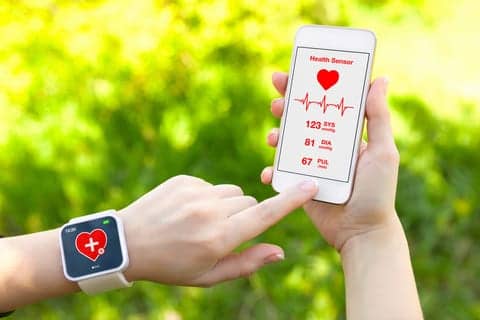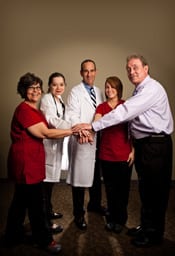The 2014 mHealth Summit, held in Washington, DC, on December 9, featured a panel on mobile health innovation and regulatory roadblocks.
Morgan Reed, executive director of ACT | The App Association, says that mobile health innovation saves lives and improves patient outcomes, but much of the new technology is slow to reach consumers due to regulations. So ACT brought in members to participate in a panel on Capitol Hill during an mHealth Summit on December 9 to discuss mobile health innovation, including regulatory roadblocks. Member companies also met with key Congressional offices to confer on the need for regulatory reform.
Roadblocks to Innovation
Reed says, “It is incredibly important that Congress, the Department of Health and Human Services (HHS), and the Food and Drug Administration (FDA) work with the mobile industry to adopt a more sensible implementation of the laws that govern health privacy.” ACT is part of an effort to bring updates to a regulatory environment that has not kept pace with the rapid growth of technology, according to Reed. Mobile health companies face older health privacy laws—some written before the iPhone age—that may be regulatory roadblocks. ACT called on Congress to eliminate uncertainty and simplify compliance with regulatory obligations surrounding the Health Insurance Portability and Accountability Act (HIPAA). The group saw a nearly immediate response from Congress, Reed says. Within days Congressmen Tom Marino (R-Pennsylvania) and Peter DeFazio (D-Oregon) issued a letter to Sylvia Burwell, secretary of HHS, that outlined several steps the federal group should take to provide clarity surrounding confusion on HIPAA in the mobile health marketplace. Reed says, “The app industry has long looked to Congressmen Marino and DeFazio for their leadership on tech issues. We are grateful for their support to create a better regulatory environment that encourages innovation in this life-changing marketplace.”
New Health Advancements for 2015
The future of mobile health innovations is certainly bright, with new innovations being developed by established companies and startups alike. Reed says, “Innovative new startups face uncertainty from this lack of guidance, leading to less VC [venture capital] support, hospitals that aren’t sure what they can buy, and physicians that aren’t sure what they can use to help their patients get better. In short, it’s not a simple roadblock to be lifted, but an innovation effort that will ultimately help patients.” In 2014, Reed says the wearables explosion was a significant shift in “how health sees patient information.” He adds that 2014 was the year of grasping the possibility of real-time patient information on a mobile screen. For 2015, Reed predicts, “I think the biggest innovations, and struggles, will come from patients—engaged patients sending information to doctors and expecting an answer, and disengaged patients who we try and reach through mobile compliance and adherence apps.” The medical community, including sleep medicine professionals, can take steps to promote mobile health innovation. Reed says, “Sleep medicine professionals should find new ways to engage with patients via the wearables they clearly love, and understand how the data they give you fits with traditional sleep studies.”
Cassandra Perez is associate editor of Sleep Review. CONTACT [email protected]





